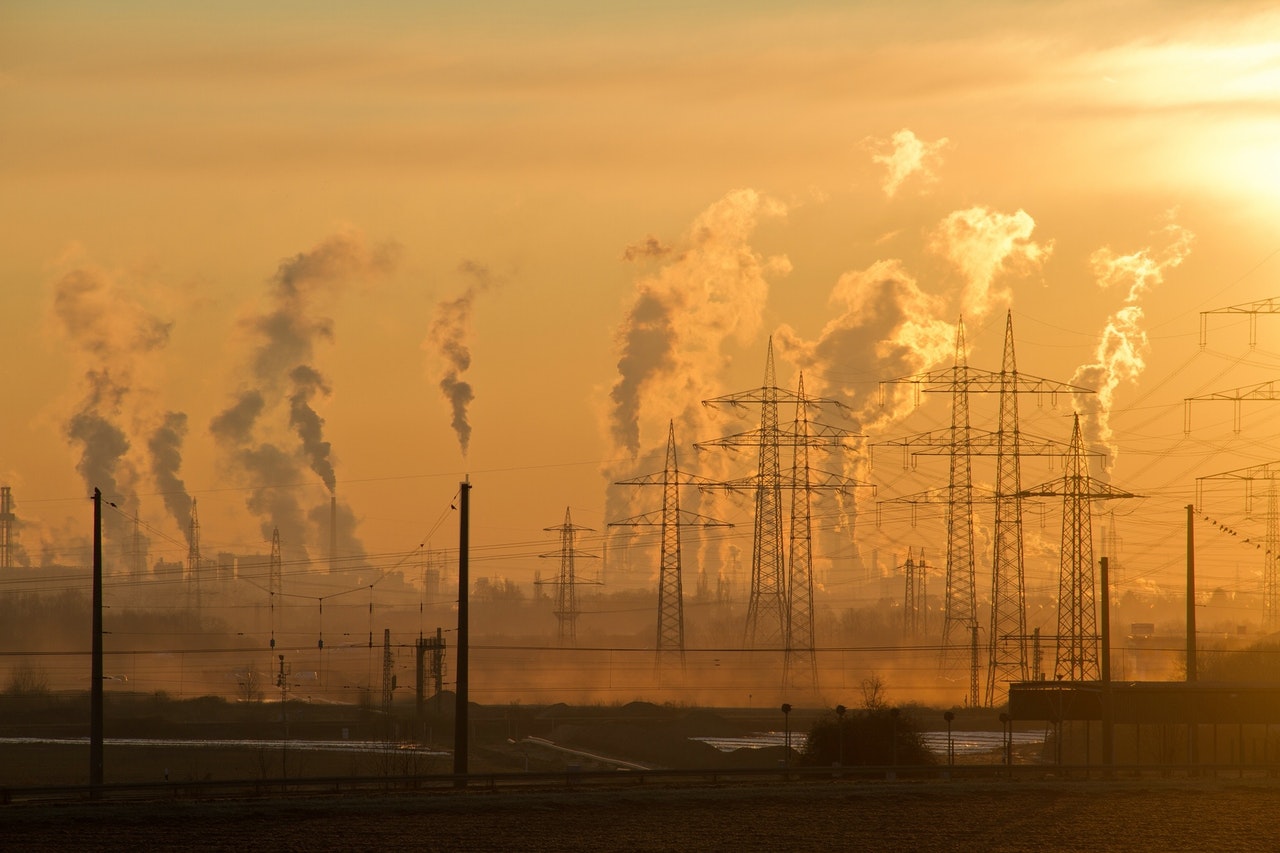
If you live in Europe, you’ve probably noticed the unreliable weather, and recently, the lack of complete seasons. If you’ve been listening to the news (or even just in your science classes back in the day) you might have recognized these weather patterns as climate change. Not only is climate change causing us to have to spend more time choosing our clothes in the morning, but it’s also costing European governments quite a bit. In fact, climate change impacts in Europe have just started, and may only get worse as we progress further.
Often when the weather is unfavorable, we tend to only think about how it affects us, reasonably so. However, what we don’t notice is the impact it has on our surroundings as well. In fact, the change in weather extends its damaging effect also to the infrastructures that encompass us. The damage caused is not cheap, and will start to rise in cost; if the weather keeps on deteriorating, the cost to repair the infrastructure will rise in order to cover the damages. Today the European countries spend about € 3.4 billion on the harm climate change leaves behind on our infrastructures. In only 2 years, the cost to repair other infrastructures is said to peak greatly, and reach €9.3 billion. The cost will continue to rise and get all the way up to €19.6 billion by 2050, and a generous sum of €37 billion by 2080.

With such big numbers, one is left wondering if there is anything left to do that can better the situation now, and for the future. Most importantly, the two industries that are will have a higher risk of damage, are the energy and transport fields. These two sectors, as we all know, are two industries that keep entire cities up and running, and are at the center of city life in general. With its thunderstorms and harsh general conditions, climate change can also damage railways, highways, and asphalt but ultimately what worries experts most is flooding. And if like if that weren’t enough, today Europe already spends $500 million on the energy sector and its infrastructure damages. If now the weather is damaging the infrastructures only at a 10% intensity, what will it mean when it will be a 90% intensity by the end of the century?
The gravity of the situation isn’t something to joke about, so maybe now that the numbers everywhere are rising ( both in costs and in temperatures ) what is it going to take to finally try and improve our ways? If the costs in repairing the damages are going to rise so much, what about our living conditions? Hopefully we’ll be able to find a solution that will slow climate change down, giving us more time to figure out more of a long term solution.





Leave a Comment